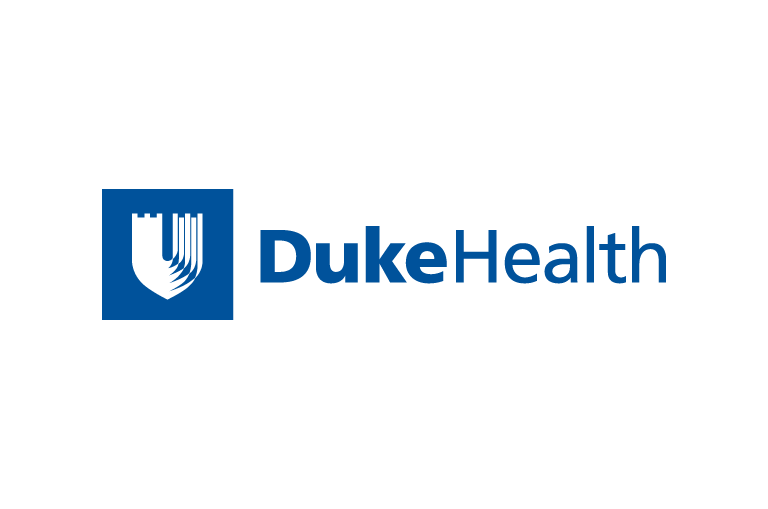News & Media Front Page
News & Media Front Page
Diversion of an HIV Vaccine Immune Response by Antibodies Reactive with Gut Microbiome
 From the corporate.dukehealth.org archives. Content may be out of date.
From the corporate.dukehealth.org archives. Content may be out of date.
DURHAM, N.C. – A recent HIV vaccine trial testing the HIV envelope as an immunogen was unsuccessful for protection against HIV infection. A new study has found that this vaccine selectively recruited antibodies reactive with both the HIV envelope and common intestinal microbes — a phenomenon previously reported by the same investigators to occur in the setting of acute HIV infection.
The finding by a Duke Medicine-led research team suggests that a successful vaccine approach would need to somehow mask this easily induced, but ineffective antibody response, or stimulate a different antibody response altogether.
“With this study, we wanted to know whether a vaccine induced the same diverted, ineffective antibody response that occurs with acute HIV infection,” said Barton F. Haynes, M.D., director of the Duke Human Vaccine Institute and senior author of the study appearing online in Science Express on July 30.
“We know that the intestinal microbiome can influence the types of antibodies that develop after birth when the microbiome is established,” Haynes said. “Our study raises the hypothesis that the microbiome imprinted the immune system to make these cross-reactive antibodies. It suggested that one way to improve the antibody response may be to block the undesired HIV sites during vaccination, or to vaccinate earlier in life to imprint the immune system on desired HIV regions.”
Haynes said the experimental vaccine induced antibodies that targeted a region of the HIV virus called gp41, which is part of the virus’s outer envelope. But these antibodies were non-neutralizing and were not able to stop the virus from infecting CD4 T cells.
What’s more, the gp41 region is a molecular mimic of some intestinal microbiome bacterial and self antigens that the body’s B cells are trained on, raising the hypothesis that the vaccine essentially stimulated a diversion that kept the immune system busy, allowing the virus to flourish.
“It’s another way that the virus evades the immune system,” Haynes said. “It gives the virus a leg up in escaping the early antibody response, by primarily inducing antibodies that cannot neutralize HIV.”
Because the microbiome serves as a training ground to teach the immune system how to fight pathogens, HIV’s ability to mimic common microbiota suggests that a successful HIV vaccine approach might also include early childhood immunizations. This could provide a way to prime the immune system to better identify and attack HIV.
“The keys to inducing a successful HIV antibody response may be to mitigate or get around the virus’s ability to divert preexisting B cells that are cross-reactive with intestinal microbiota,” said lead author Wilton B. Williams, Ph.D. “We are currently exploring early vaccination strategies and exploring new designs of the HIV viral envelope to induce the correct antibodies.”
In addition to Williams and Haynes, study authors from Duke include M. Anthony Moody; S. Munir Alam; Feng Gao; Kevin Wiehe; Ashley M. Trama; Kathryn Jones; Ruijun Zhang; Hongshuo Song; Dawn J. Marshall; John F. Whitesides; Pinghuang Liu; Matthew Z. Tay; Kelly Seaton; Xiaoying Shen; Andrew Foulger; Krissey E. Lloyd; Robert Parks; Justin Pollara; Guido Ferrari; Jae-Sung Yu; Nathan Vandergrift; David C. Montefiori; and Georgia D. Tomaras.
They were joined by Thomas B. Kepler, Kaitlin Sawatzki and Axin Jua of Boston University; Magdalena E. Sobieszczyk and Scott Hammer of Columbia University; Shelly Karuna, Peter Gilbert, Doug Grove, Nicole Grunenberg, Julie McElrath, Lawrence Corey, Cecilia Morgan, and Janine Maenza of Fred Hutchinson Cancer Research Center; John R. Mascola, Barney S. Graham and Richard A. Koup of NIH Vaccine Research Center; Gary J. Nabel of Sanofi; Gavin Churchyard of Aurum Institute,SA; Michael Keefer of the University of Rochester; Lindsey R. Baden of Harvard University.
The study received funding from the National Institute of Allergy and Infectious Diseases, part of the National Institutes of Health, Center for HIV/AIDS Vaccine Immunology-Immunogen Discovery (UM1 AI100645); the Duke University Center for AIDS Research; and the Vaccine Research Center at NIAID.
###
